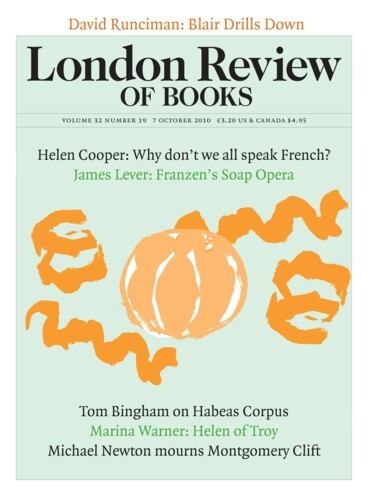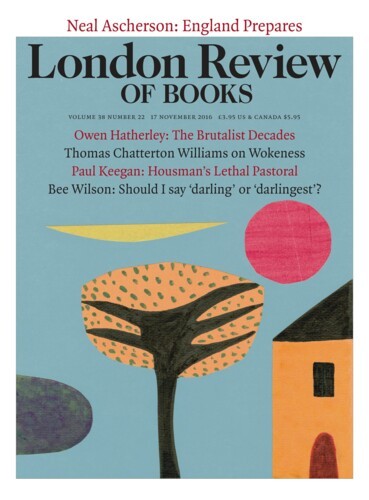Fear of Rabid Dogs
Margaret Anne Doody, 18 August 1994
In his last days, the exiled and ageing Aristotle wrote to a friend: ‘The lonelier and the more isolated I am, the more I have come to love myths.’ We may puzzle over what Aristotle meant. Did he love folk-tales, religious stories or high-minded allegories? The Greek word mythos means (centrally) ‘story’ but all stories have or acquire meanings, and we tell ourselves stories all the time. A culture is the stories that it tells itself.










